Exploring Nepal’s Restricted Areas: A Journey Through Manaslu, Upper Mustang, Nar Phu, and Upper Dolpo

Nepal is a land of stunning landscapes, rich cultural heritage, and adventurous trekking routes. Among its many treasures are the restricted areas of Manaslu, Upper Mustang, Nar Phu, and Upper Dolpo. These regions are not just geographically remote but also culturally and environmentally unique. They require special permits and often a guide to visit, ensuring that their pristine nature and ancient traditions are preserved. Here’s why these areas are restricted and what makes them so special.
1. Preservation of Culture and Tradition
Upper Mustang
Upper Mustang, often called the “Last Forbidden Kingdom,” is a realm of ancient Tibetan culture. Its isolation has helped preserve a way of life that has remained largely unchanged for centuries. The region is home to ancient monasteries, caves, and palaces that hold significant historical and cultural value. By restricting access, Nepal ensures that the cultural heritage of Upper Mustang is protected from the disruptive impacts of mass tourism.
Nar Phu
The Nar Phu valley is inhabited by ethnic Tibetans who have lived in isolation for generations. The restriction helps maintain their traditional lifestyle, agricultural practices, and cultural practices. The small population here relies on traditional farming and livestock herding, and limited tourism ensures that their way of life remains undisturbed.
2. Environmental Conservation
Manaslu
The Manaslu region, encompassing the Manaslu Conservation Area, is a haven for diverse flora and fauna, including endangered species like the snow leopard and red panda. The restriction on access helps monitor and protect these species and their habitats. The fragile ecosystems in this area are highly sensitive to human impact, and controlled tourism helps prevent environmental degradation, preserving the natural beauty and biodiversity for future generations.
Upper Dolpo
Upper Dolpo, part of the Shey Phoksundo National Park, boasts stunning landscapes, high-altitude lakes, and unique wildlife. Restricted access ensures that tourism does not lead to habitat destruction or pollution. The region’s remote and pristine environment requires careful management to avoid negative impacts like waste generation and trail erosion.
3. Border Security
Upper Mustang
Situated near the Tibetan border, Upper Mustang has significant strategic importance. Restricting access helps Nepal monitor and control movement in this sensitive border area, enhancing national security. The region has a history of political sensitivity, and controlled access helps prevent potential conflicts and ensures stability.
Manaslu
Parts of the Manaslu region are also close to the Tibetan border. Controlled access helps maintain security and manage cross-border activities effectively.
4. Controlled Tourism
By restricting access, the Nepalese government can implement sustainable tourism practices. This involves limiting the number of visitors, ensuring that tourism infrastructure is not overburdened, and that natural and cultural resources are not depleted. Controlled tourism helps provide a better experience for visitors, with less crowding and more opportunities to appreciate the natural and cultural heritage of these regions.
5. Safety and Infrastructure
These restricted areas are often remote with limited infrastructure, such as roads, healthcare facilities, and emergency services. Restricting access ensures that tourists are accompanied by guides familiar with the terrain and can provide support in case of emergencies. The challenging terrains and high altitudes pose significant risks. By requiring permits and guides, the government ensures that tourists are adequately prepared for the conditions, reducing the likelihood of accidents and health issues.
Summary of Restrictions
- Permits Required: Special permits, often at a higher cost, are required to enter these regions. This process helps regulate the number of visitors and ensures they are aware of the requirements and responsibilities.
- Guides and Group Requirements: Travelers must be accompanied by registered guides and often travel in groups. This ensures their safety and provides employment opportunities for local guides.
- Restricted Number of Visitors: The government may limit the number of permits issued annually to manage the impact of tourism on these sensitive areas.
Conclusion
The restrictions on areas like Manaslu, Upper Mustang, Nar Phu, and Upper Dolpo are essential for preserving their unique cultural heritage, protecting their fragile environments, ensuring border security, promoting sustainable tourism, and ensuring the safety of visitors. These measures help balance the benefits of tourism with the need to protect and preserve these extraordinary regions for future generations.
Exploring these restricted areas offers a glimpse into a world that few get to see. With the proper respect for the local culture and environment, your journey through these regions can be a truly transformative experience.
Related Stories & Blogs
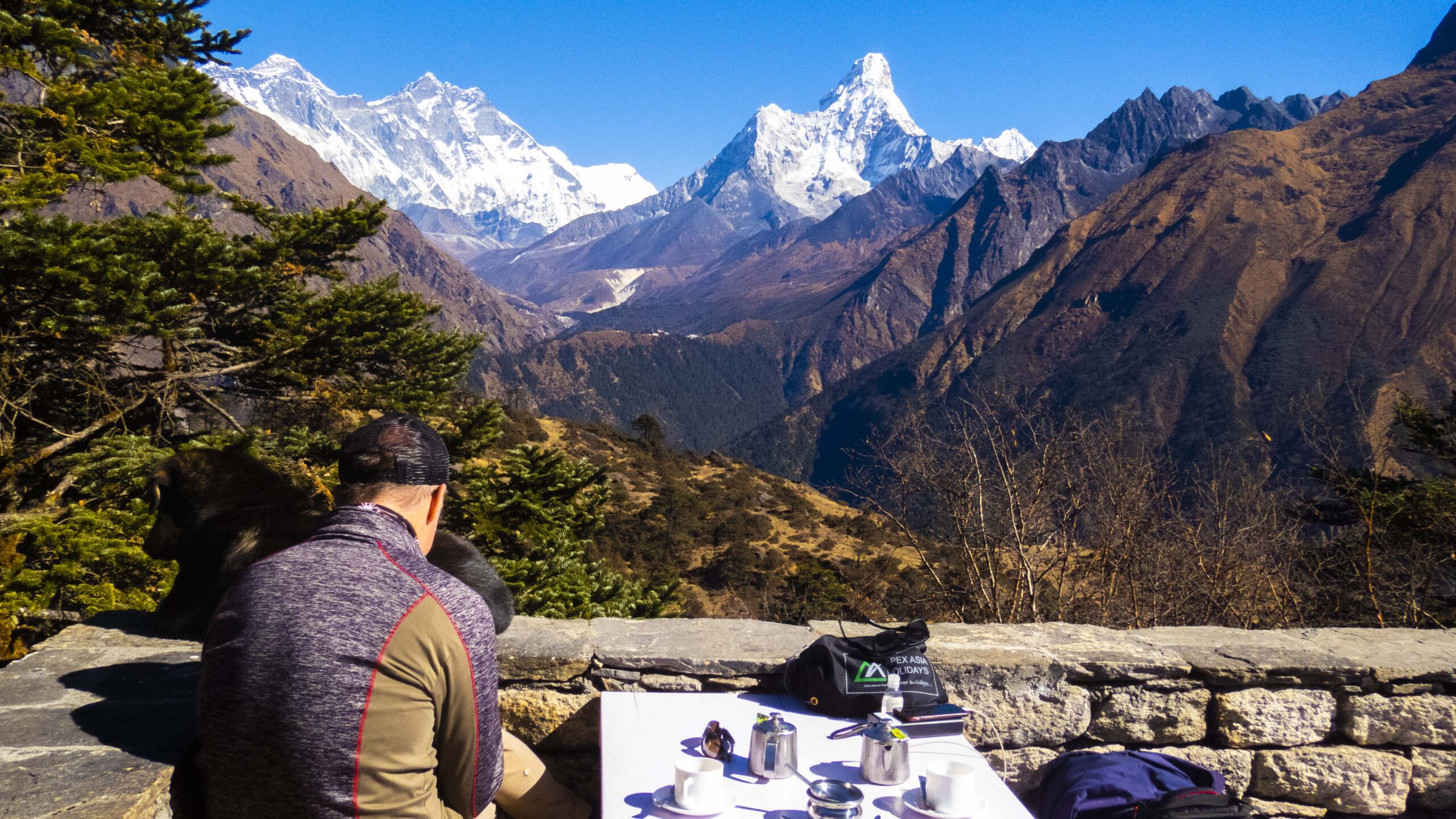
October 17, 2025
Top 7 Treks in Nepal You Can Actually Complete in a Week
Blog Read Time This post has 1132 words .This post has 7837 characters.This post take 7 minute to read....
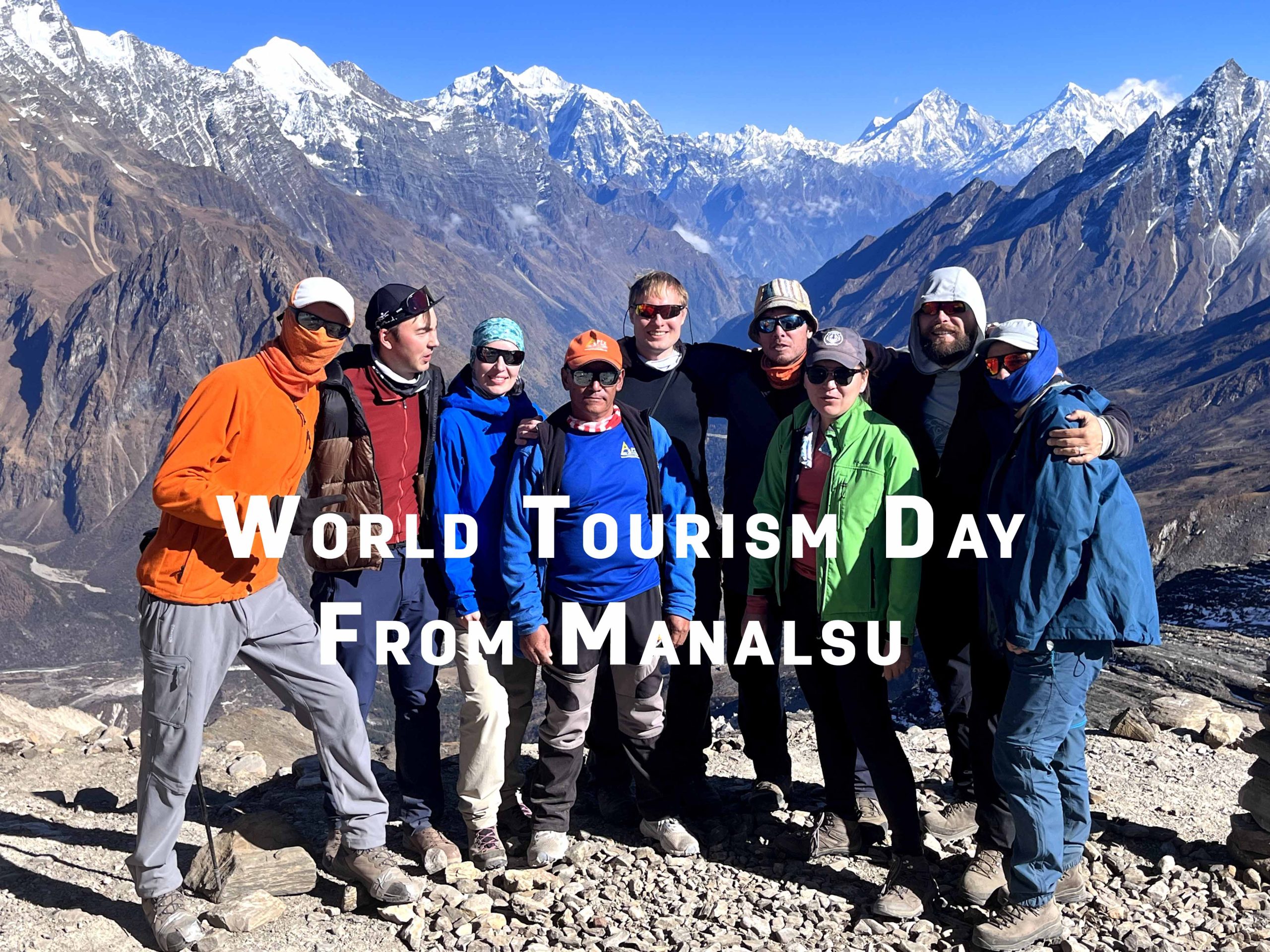
September 27, 2025
Celebrating World Tourism Day: Travel as a Pathway to Connection and Change
Blog Read Time This post has 430 words .This post has 2711 characters.This post take 2 minute to read....
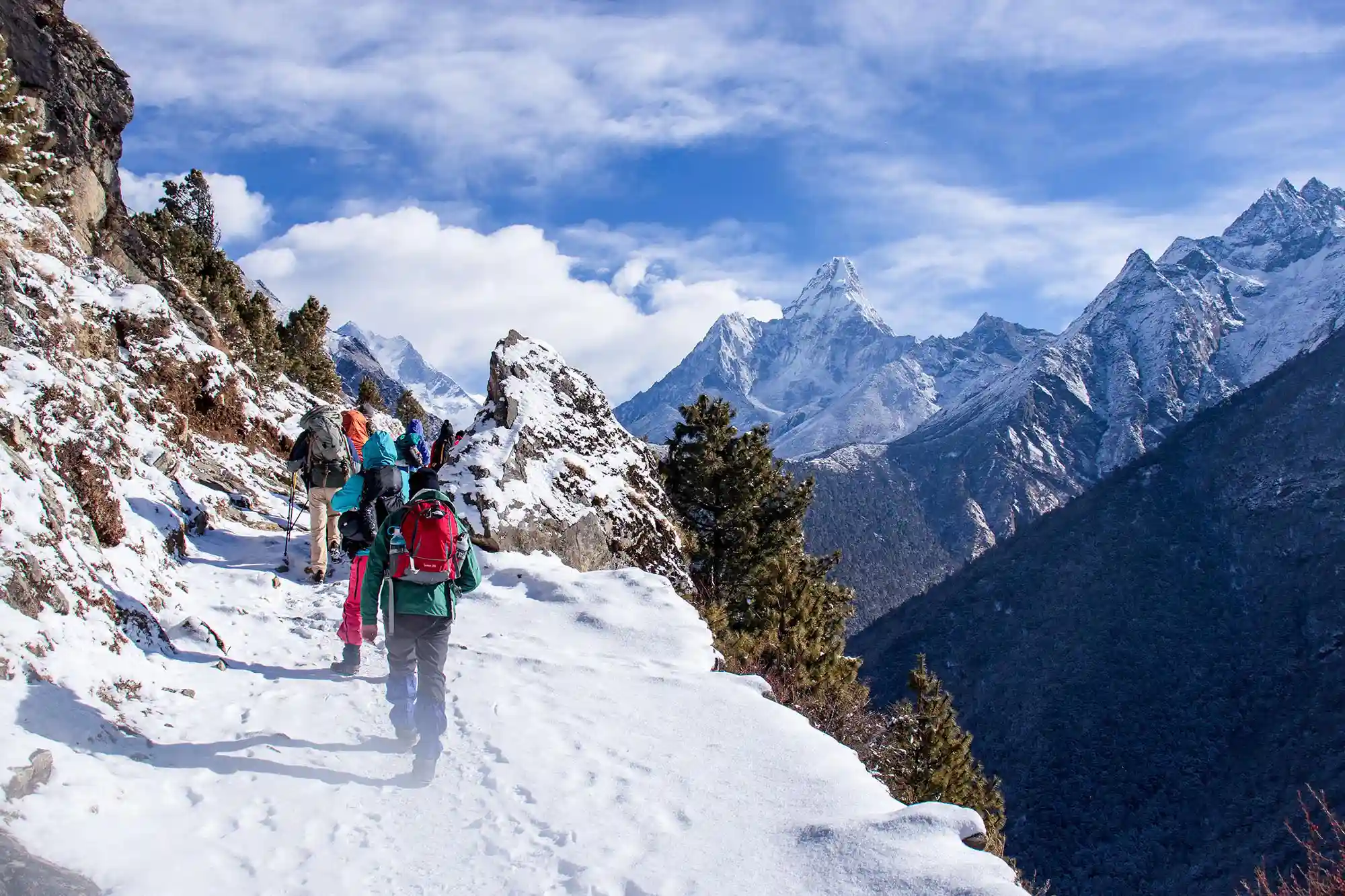
September 26, 2025
Why You Should Not Trek in Nepal
Blog Read Time This post has 506 words .This post has 3399 characters.This post take 4 minute to read....

September 21, 2025
Beyond the Summit: Why the Everest Base Camp Trek is the Journey of a Lifetime
Blog Read Time This post has 646 words .This post has 4140 characters.This post take 3 minute to read....

April 25, 2025
Immerse Yourself in the Vibrant Chaos of Bisket Jatra and Sindur Jatra in Nepal
Blog Read Time This post has 594 words .This post has 3915 characters.This post take 4 minute to read....
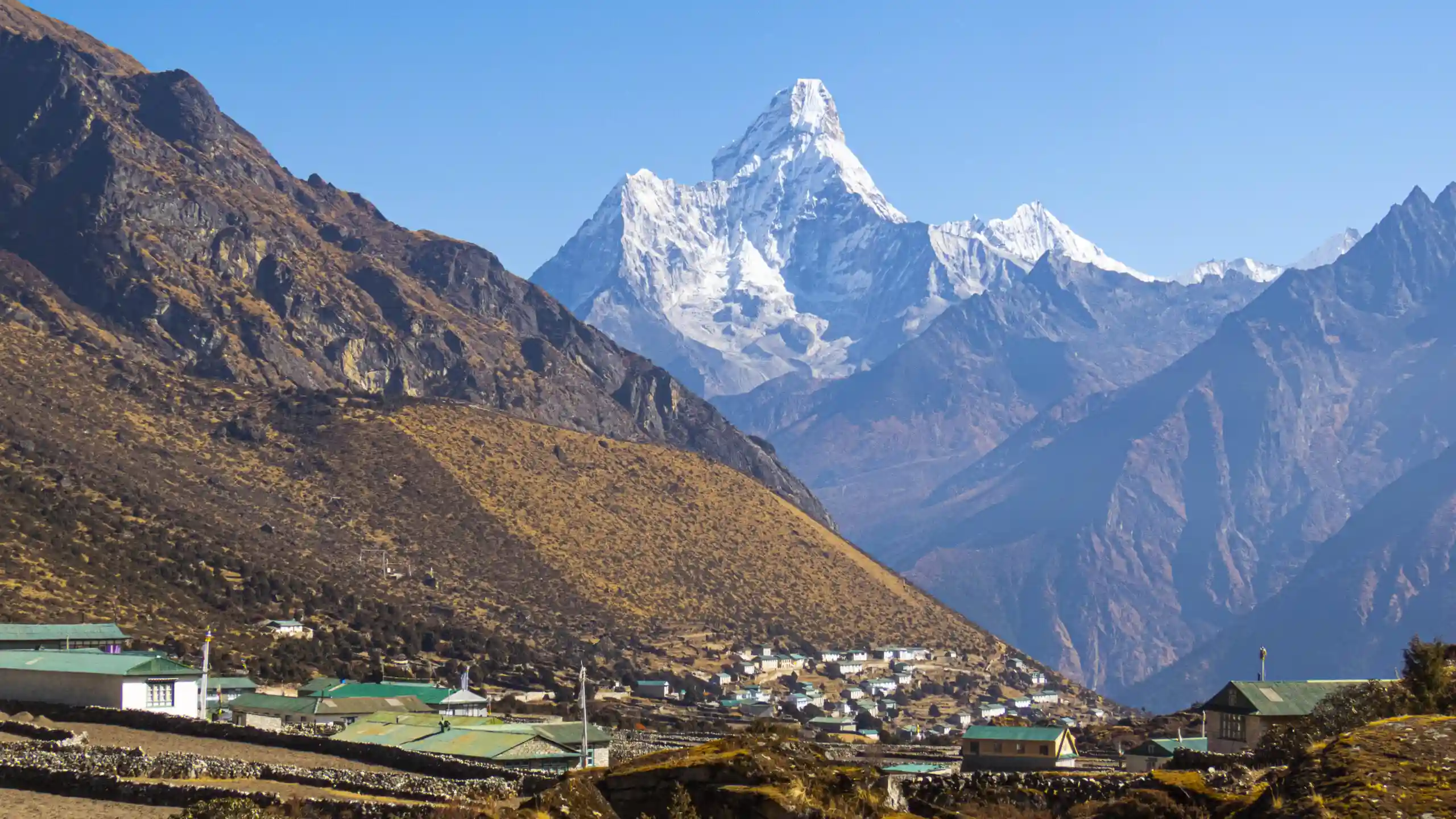
April 22, 2025
Everest Base Camp Trek Distance Guide
Blog Read Time This post has 706 words .This post has 4598 characters.This post take 4 minute to read....
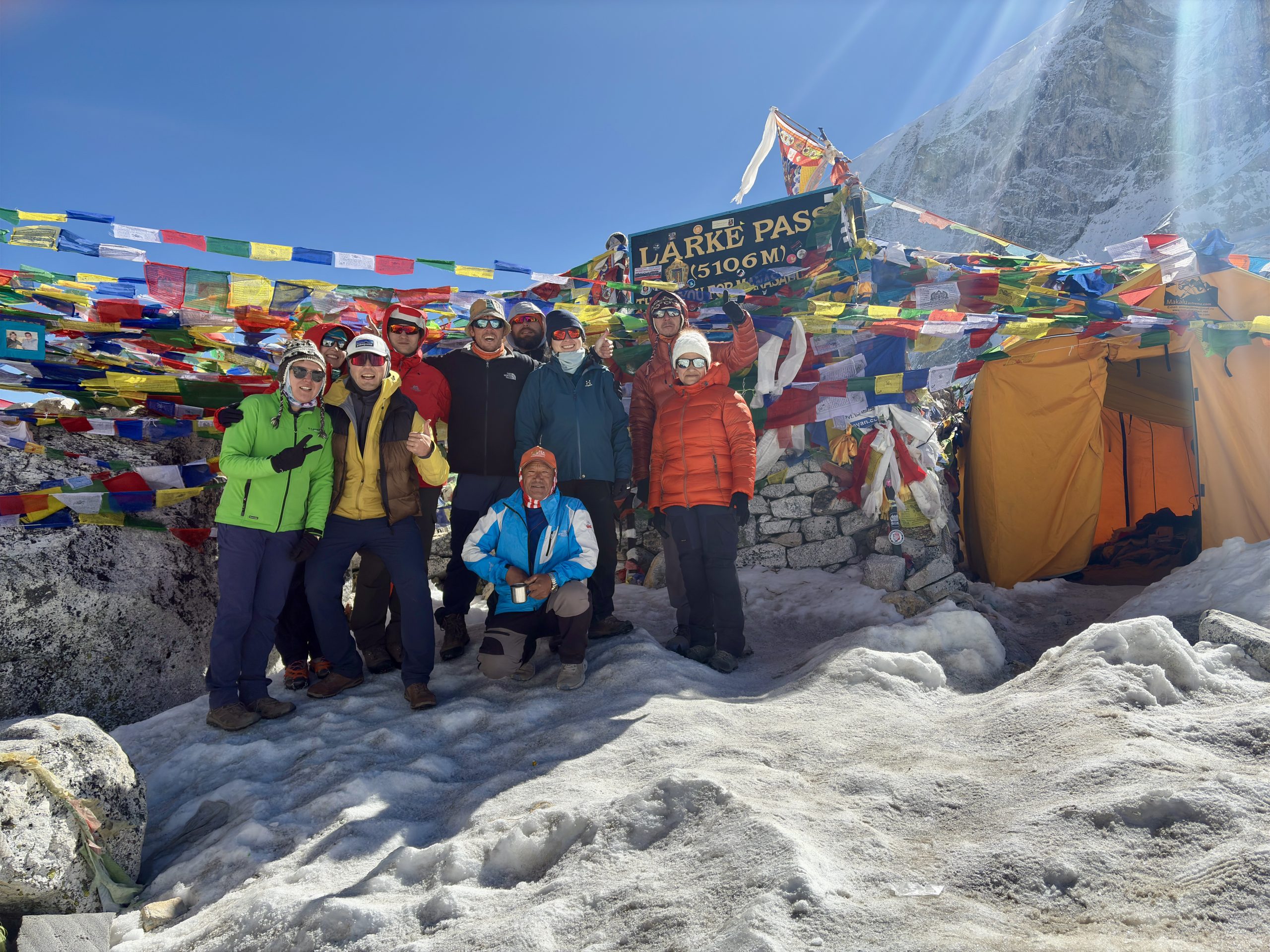
March 21, 2025
Larke La Pass (5,106m): A Breathtaking Himalayan Adventure
Blog Read Time This post has 807 words .This post has 5317 characters.This post take 5 minute to read....
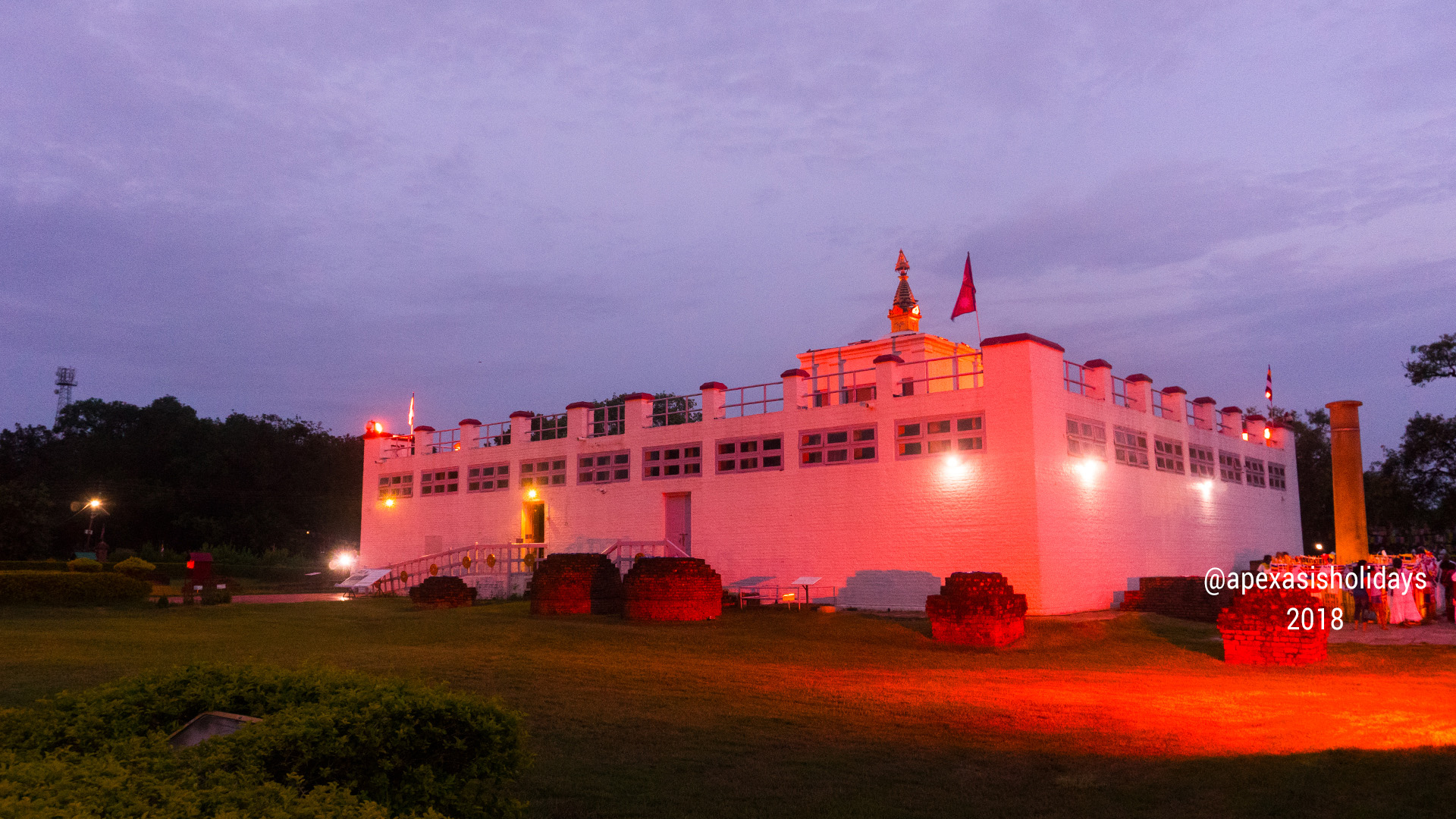
March 14, 2025
Entry Fees for Heritage Sites and Museums in Nepal
Blog Read Time This post has 403 words .This post has 3179 characters.This post take 2 minute to read....

March 12, 2025
List of Hotels on the Mardi Himal Base Camp Trek
Blog Read Time This post has 408 words .This post has 3542 characters.This post take 2 minute to read....

 ramesh
ramesh
